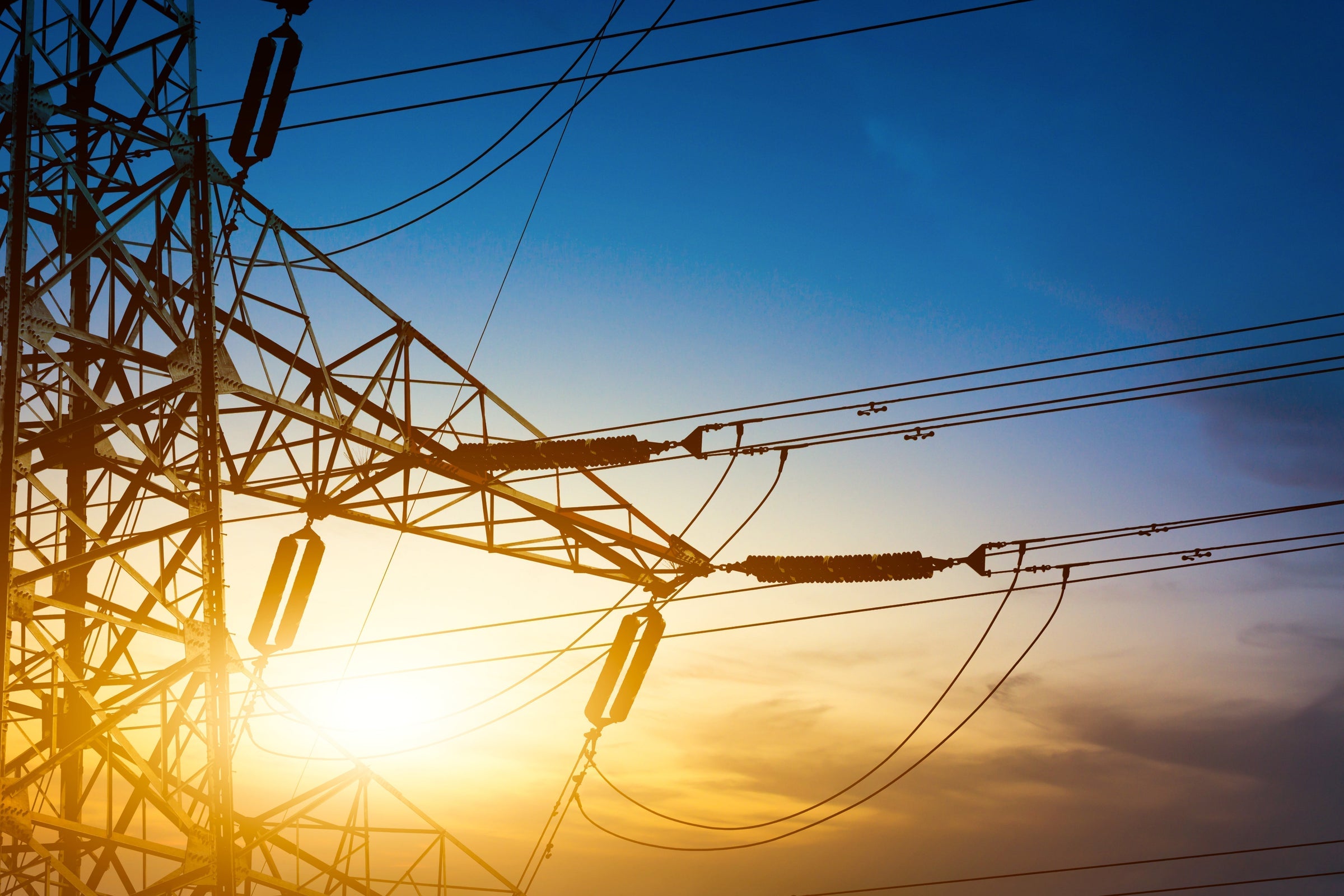The Reality of Power Outages in the United States: What to do When the Lights Go Out
Posted on February 17 2025,
In today's world electricity is the backbone of daily life. It powers everything from our phones and household appliances to critical medical devices. Yet power outages—whether brief or prolonged—are an inevitable reality.
Embracing a mindset of preparedness over panic is essential to navigate disruptions. This post explores the likelihood of power outages, strategies for urban blackouts and provides a comprehensive checklist to ensure you're equipped for short or long power interruptions.
What is the Reality of Power Outages in the US?
Power outages in the U.S. are more common than most people realize; with weather-related events being a significant contributor. According to Climate Central, 80% of major U.S. power outages from 2000 to 2023 were due to weather-related events from winter storms to cyclones.
As an example, in September of 2024 Hurricane Helene caused catastrophic flooding and widespread power outages affecting approximately 3.8 million homes and businesses across the southeastern US. Earlier that year Hurricane Beryl led to extensive power outages in Texas where residents went up to 10 days without electricity.
The frequency and duration of outages vary based on location, infrastructure and weather patterns. However, these events highlight the vulnerability of infrastructure and magnify the importance of disaster preparedness.
Navigating Power Outages with Confidence
Preparing for a Citywide Blackout
Urban environments present unique challenges during power outages due to population density and reliance on services. Being proactive lessens the impact of a citywide blackout.
1. Develop a Family Emergency Plan
- Communication Strategy: Establish how family members will contact each other during an outage.
- Assign Responsibilities: Assign tasks such as managing supplies, caring for pets and monitoring news updates to specific family members.
Use Your Cell Phone Wisely
-
- Text Instead of Call – Text messages require less bandwidth and are more likely to go through when networks are congested
-
- Limit Battery Use – Keep your phone in airplane mode when not in use and lower screen brightness to conserve battery life
-
- Charge in Advance – If you know a storm is coming, charge all phones and power banks beforehand
-
-
Portable Power Banks & Solar Chargers – These tools are essential for keeping phones and radios charged. Click HERE for the ones we use and recommend
-
Car Chargers – Use a car charger for phones if needed, but conserve fuel
-
Use a Battery-Powered or Hand-Crank Radio
-
- A NOAA weather radio provides emergency updates and instructions when other communication methods fail
Walkie-Talkies or Two-Way Radios
-
- FRS/GMRS Radios – Family Radio Service and General Mobile Radio Service radios work well for short-distance communication (1–5 miles)
- HAM Radios – If licensed, a HAM radio can provide long-range communication and connect to emergency operators
Landline Phones (If Available)
-
- Corded Landlines work without electricity if connected to a traditional phone line. Cordless Phones won’t work during an outage since they require power
Establish a Family Communication Plan
-
- Designate a Meeting Spot – If communication is down have a pre-planned location where family members can meet
- Out-of-Area Emergency Contact – Choose a relative or friend outside your region as a check-in point for updates
- Write Down Important Numbers – Keep a hard copy of key contacts in case digital devices fail
Social Media & Emergency Apps (If the Internet Works)
-
- FEMA & Red Cross Apps – Provide alerts, emergency contacts and disaster updates (if government agencies are still available)
- Facebook Safety Check – Allows users to mark themselves safe during a disaster
Signal Methods in Extreme Cases
-
- Whistles or Flashlights – A whistle can be used to signal distress, and a flashlight with an SOS mode can help communicate in the dark
- Chalk or Notes – Leave messages at designated locations if you need to move but can’t communicate
2.Assemble an Emergency Supply Kit
- Water and Food: Store at least one gallon of water per person per day for at least three days and stock non-perishable food items. CLICKHERE to see our recommendations
- Lighting: Keep battery-powered flashlights and lanterns; avoid using candles due to fire hazards. Our Light & Communication Pack is a good start
- Medical Needs: Maintain a first aid kit and ensure an adequate supply of necessary medications
-
Vehicle Preparedness: Fuel: Keep vehicles' fuel tanks at least half full.
- Emergency Car Kit: Include jumper cables, flares, maps and a first aid kit
3. Power & Communication: Safeguard Electronics and Appliances
-
Backup Power: Consider investing in an alternative power source like a generator or portable power station. Always operate in a well-ventilated area
- Charging Devices: Portable chargers or power banks for mobile devices
- Communication Tools: Battery-powered or hand-crank radios to receive emergency broadcasts
- Surge Protection: Disconnect appliances and electronics to prevent damage from electrical surges when power is restored
4. Install Safety Devices
- Carbon Monoxide Detectors: Place detectors with battery backup in central locations on every level of your home to prevent carbon monoxide poisoning
- Smoke Alarms: Ensure smoke alarms are functional and have battery backups
5. Stay Informed
- Emergency Alerts: Use a battery-powered or hand-crank radio to receive news and emergency updates
- FEMA App: Download the FEMA app for real-time alerts and preparedness tips. If FEMA help is no longer available contact Red Cross, Salvation Army and each state has an emergency management agency
Comprehensive Power Outage Preparedness Checklist
Being prepared requires having essential items and plans in place. Here's a detailed checklist to guide your preparations:
Essential Supplies - Visit our Shop Menu to See our Recommendations
- Water: Minimum of one gallon per person per day for at least three days
- Food: Non-perishable items like canned goods, dried fruits and energy bars
- Manual Can Opener: For opening canned foods without relying on electricity
- Lighting: Battery- or solar-powered flashlights and lanterns
- First Aid Kit: Include bandages, antiseptics, pain relievers and any prescription medications. See our shop section dedicated to first aid kits
- Hygiene Products: Hand sanitizers, wet wipes, garbage bags, etc...
- Warm Clothing and Blankets: To maintain body heat during colder months
- Fire Extinguisher: Accessible and fully charged for emergency use
- Cash: Small bills for transactions if electronic payment systems are down
- Tool Kit: Basic tools for emergency repairs and maintenance
- Car Emergency Kit: jumper cables, flares, maps and a first aid kit
Additional Considerations
- Special Needs: Supplies for infants, elderly family members or those with disabilities
- Pet Care: Food, water and other necessities for pets
- Important Documents: Copies of identification, insurance policies and medical records stored in a waterproof container
Embracing a Preparedness Mindset
While the occurrence of power outages is a part of modern life, especially with increasing weather-related events, adopting a preparedness mindset can transform potential crises into manageable situations. By proactively assembling supplies, creating emergency plans, and staying informed, you can ensure the safety and well-being of yourself and your loved ones during power disruptions.
Remember, preparedness is an ongoing process. Regularly review and update your emergency plans and supplies to adapt to changing needs and circumstances. By prioritizing readiness over panic you empower yourself to handle power outages with confidence and resilience.



0 comments